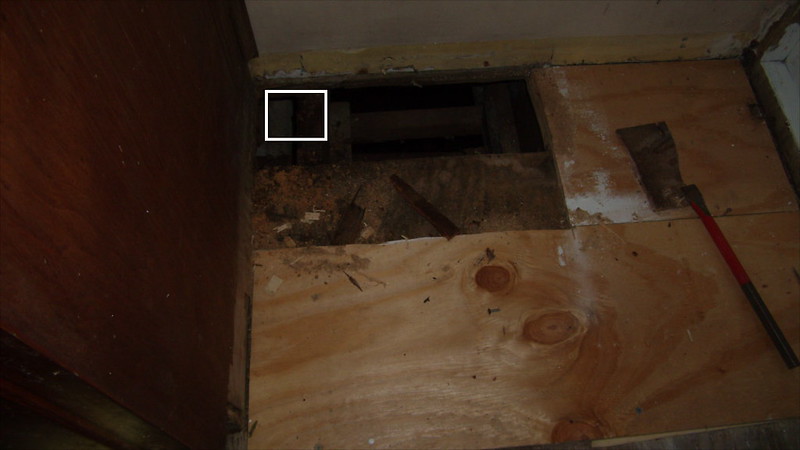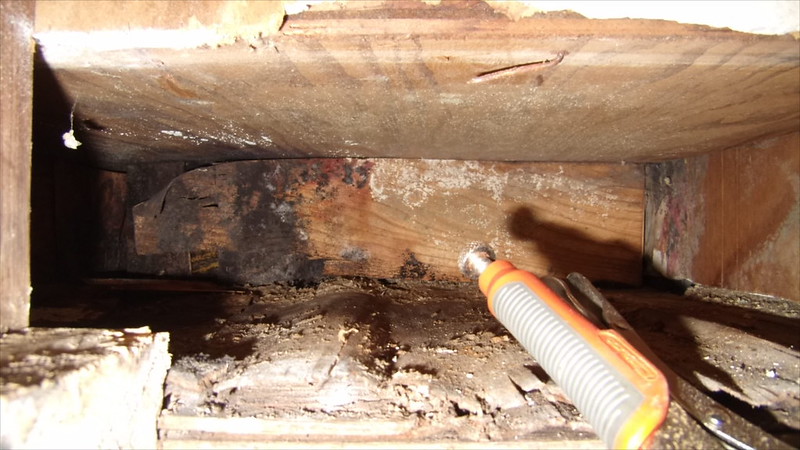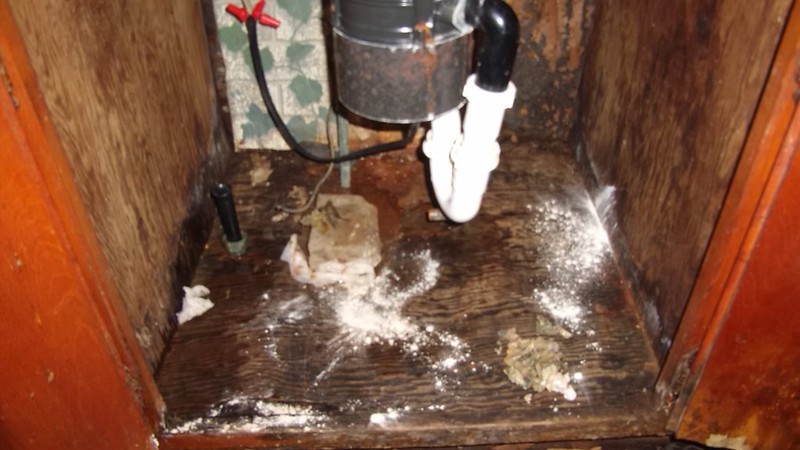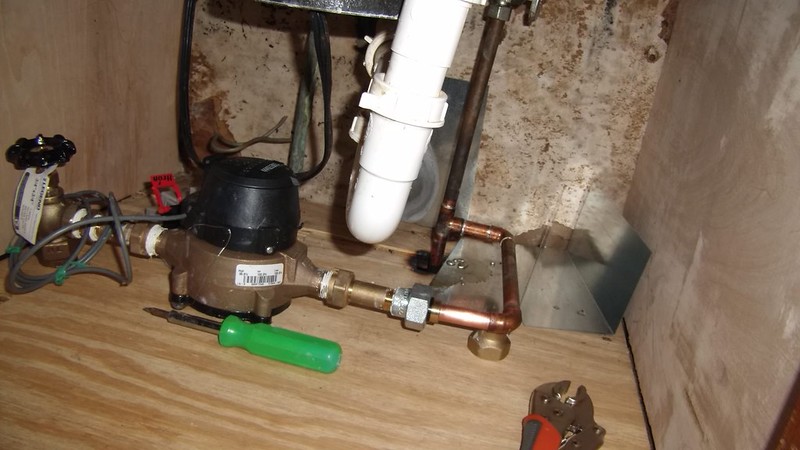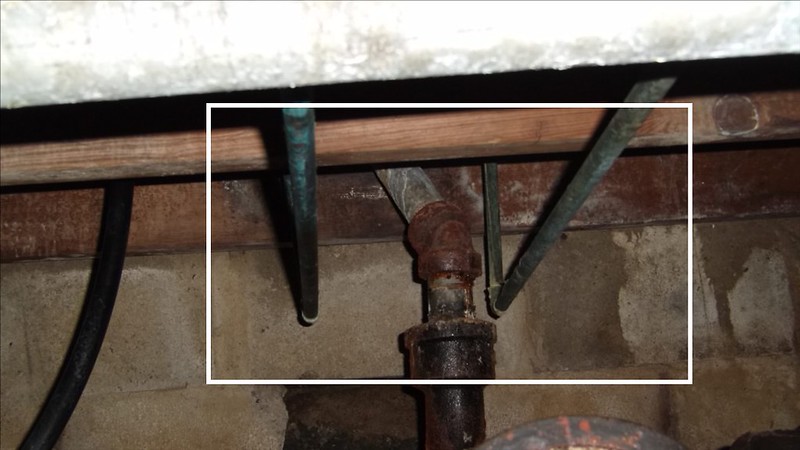slownsteady
Well-Known Member
By the way, the house has one small room that seems to have been previously used as a laundry room whose door is missing a threshold and thus it accumulates dust inside (the floor of the aforementioned room seems to be wood boards). I was wondering if it would be acceptable to fill the empty space/groove with patch concrete.
have you considered getting a wooden threshold and installing it under the door?





